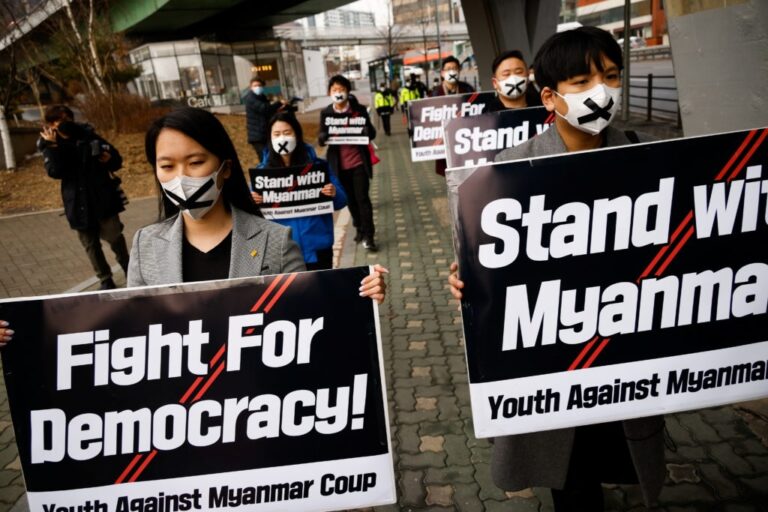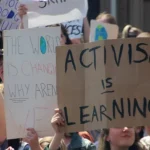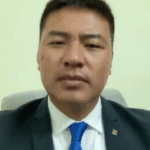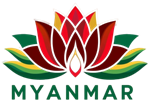Youth and Resistance: The Role of Myanmar’s Next Generation in Democracy Movements
Since Myanmar’s military coup on February 1, 2021, a new generation of young people has emerged as a formidable force in the country’s ongoing struggle for democracy. With courage, creativity, and an unwavering commitment to justice, Myanmar’s youth have become the vanguard of resistance against authoritarianism, reshaping the political landscape and capturing global attention.
1. Youth at the Forefront of Protest
In the immediate aftermath of the coup, it was students, young workers, artists, and first-time activists who flooded the streets in defiance of the military. Armed with smartphones, social media savvy, and solidarity, young people organized massive protests under the banner of the Civil Disobedience Movement (CDM)—a grassroots campaign to disrupt the junta's rule through nonviolent means.
University students led marches in cities like Yangon and Mandalay.
Medical students and teachers refused to work under the military government.
Young professionals used their technical skills to support secure communication, fundraising, and advocacy.
These protests were not only large-scale but also highly symbolic: youth chanted slogans, flashed the three-finger salute of defiance (borrowed from "The Hunger Games"), and staged creative sit-ins and flash mobs.
2. Rise of the Digital Generation
Myanmar’s youth, often called the “Facebook generation,” have grown up in a rapidly digitizing society. Even in a country with spotty internet access, they have learned to navigate censorship, use VPNs, and build encrypted networks to coordinate and amplify dissent.
Social media has become a critical tool for exposing military violence and rallying international support.
Online campaigns such as #WhatsHappeningInMyanmar have reached millions globally.
Young content creators have documented state violence, shared survival tips, and kept the momentum of the resistance alive even as protests moved underground.
3. From Peaceful Protest to Armed Resistance
As the junta escalated its crackdown—killing over 4,000 civilians and arresting tens of thousands—many young people concluded that peaceful protest alone was no longer sufficient. Thousands of students and urban youth joined People’s Defense Forces (PDFs), armed groups resisting the military regime, especially in Myanmar’s ethnic borderlands.
For many, this was a wrenching decision. Former university students, coders, and civil servants underwent military training in the jungles, forging alliances with long-established ethnic resistance organizations like the Kachin Independence Army and Karen National Union.
4. New Ideals, New Leadership
Myanmar’s youth are not only resisting the return of military rule; they are also reimagining what a future democratic Myanmar could look like. They demand more than just the restoration of the ousted National League for Democracy (NLD); they are pushing for:
Federalism that respects ethnic minorities' rights
LGBTQ+ inclusion and gender equality
Accountability for past abuses, including the Rohingya genocide
This marks a departure from older political movements, which often sidelined such issues in favor of national unity or compromise.
The National Unity Government (NUG), a shadow government formed by ousted MPs and ethnic leaders, now includes many youth representatives and operates with a commitment to these expanded democratic ideals.
5. Challenges and Sacrifices
Myanmar’s youth have paid a steep price for their resistance. Thousands have been arrested, tortured, or killed. Young activists have seen friends and family members disappear or die. Many live in hiding or have fled to border areas and abroad.
In detention centers, student leaders face abuse and harsh sentences.
In exile, they battle trauma while continuing advocacy efforts.
In resistance camps, they face combat and harsh conditions without much international support.
Still, their resilience has not wavered. Even in displacement and danger, Myanmar’s youth continue to fight—through education, art, and arms—for a freer future.
6. Global Solidarity and Support
Myanmar’s youth-led democracy movement has inspired solidarity movements worldwide, but tangible international action has lagged. Activists continue to call for:
Stronger sanctions against the military junta and its business interests
Recognition of the NUG and the People’s Defense Forces
Humanitarian aid to support displaced communities and resistance strongholds
Despite limited resources, the youth of Myanmar continue to show that they are not just the future—they are the present leaders of the nation’s democratic aspirations.
In the face of tyranny, Myanmar’s next generation has stepped forward with courage, creativity, and conviction. Their fight is not just against a military regime, but for a more inclusive, just, and equitable nation. Their sacrifices and spirit are a testament to the transformative power of youth—and a reminder that even in darkness, hope endures.
Thank you for reading! Visit us anytime at Myanmar.com for more insights and updates about Myanmar

 EARTHQUAKE PREPAREDNESS IN MYANMAR: LESSONS FROM 2025
EARTHQUAKE PREPAREDNESS IN MYANMAR: LESSONS FROM 2025
 THE ROLE OF SOCIAL MEDIA IN RESISTANCE MOVEMENTS
THE ROLE OF SOCIAL MEDIA IN RESISTANCE MOVEMENTS
 REBELS DOWN MYANMAR JF-17 FIGHTER JET IN ATTACK
REBELS DOWN MYANMAR JF-17 FIGHTER JET IN ATTACK
 Dr. Sasa Resigns from NUG, Restructuring Expected Inside Shadow Government
Dr. Sasa Resigns from NUG, Restructuring Expected Inside Shadow Government
 TECH ACTIVISM: HOW DEVELOPERS AND HACKERS ARE SUPPORTING THE PRO-DEMOCRACY MOVEMENT
TECH ACTIVISM: HOW DEVELOPERS AND HACKERS ARE SUPPORTING THE PRO-DEMOCRACY MOVEMENT
 THE ‘GERMAN CONNECTION’ IN MYANMAR’S CIVIL WARS
THE ‘GERMAN CONNECTION’ IN MYANMAR’S CIVIL WARS
